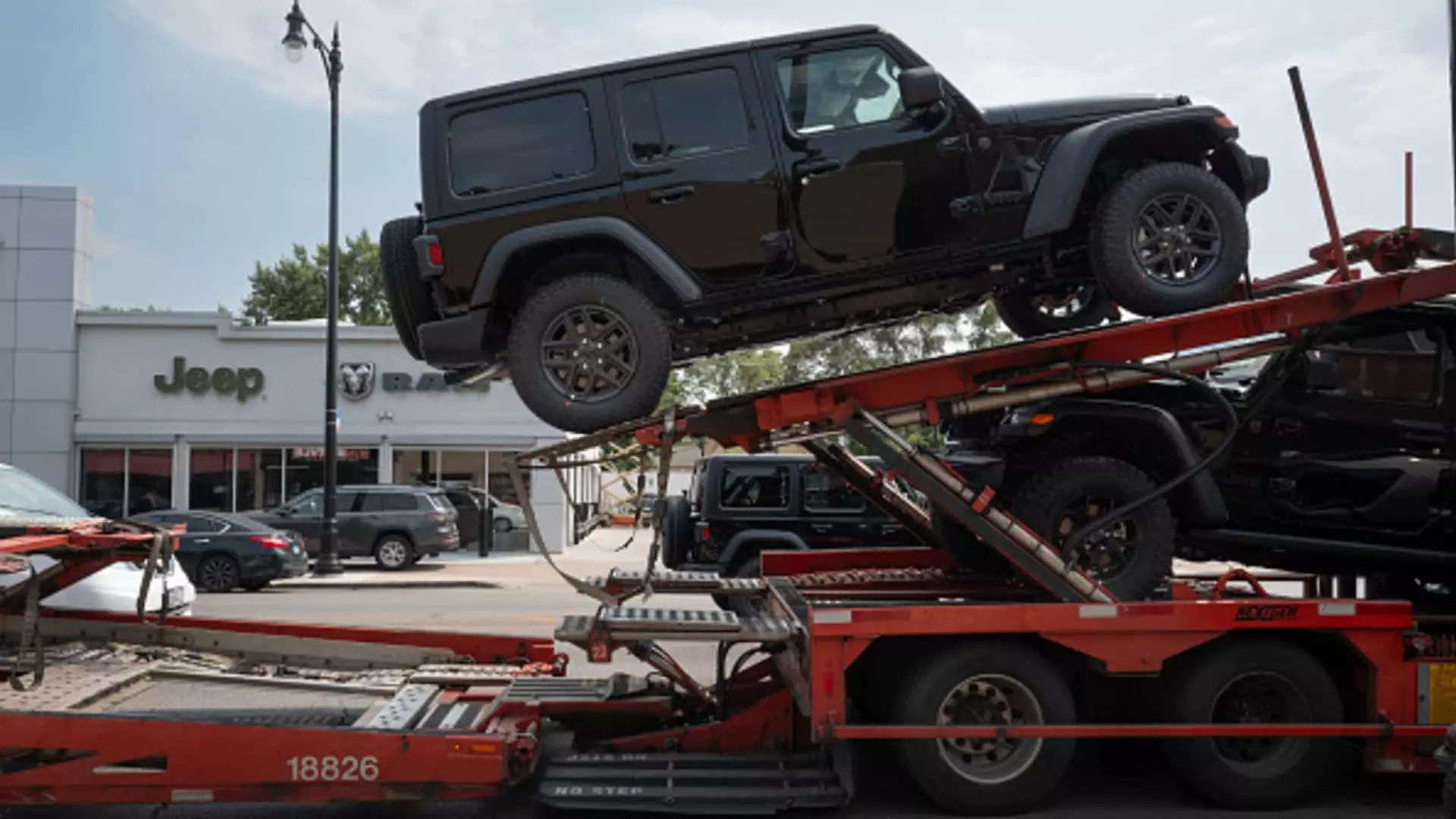In a significant development that underscores the current challenges facing the automotive industry, Stellantis has made the strategic decision to close its extensive vehicle proving grounds located in Arizona by the end of this year. Under the leadership of CEO Carlos Tavares, the decision reflects ongoing efforts to streamline operations amid rising pressures from investors, labor unions, and a turbulent market landscape. This article delves into the motivations behind this closure, the implications for employees and the automotive sector, and how Stellantis aims to navigate its financial hurdles.
Stellantis, formed from the merger of Fiat Chrysler and PSA Group, has faced a barrage of financial scrutiny since its inception. The Arizona Proving Grounds, a sprawling 4,000-acre testing site acquired from Ford Motor Company by Chrysler for $35 million in 2007, has served as a crucial hub for vehicle development. However, its closure comes as Stellantis grapples with lagging performance, layoffs, and other cost-cutting measures that have drawn criticism from various stakeholders, including Wall Street investors and the United Auto Workers (UAW) union.
The automotive landscape is currently characterized by a transition toward electric vehicles (EVs) and changing consumer preferences. As such, manufacturers like Stellantis are compelled to reassess their operational efficiencies and cost structures to remain competitive. The decision to shutter the Arizona facility is part of a broader trend within the company, aiming to enhance financial viability amid shifting market dynamics.
The announcement of the Arizona closure carries significant ramifications for the 69 employees directly associated with the operations, many of whom are represented by the UAW. Stellantis has indicated that it will work with the union to provide affected workers with severance packages or the option to relocate to other operations. However, the prospect of indefinite layoffs adds a layer of uncertainty, raising concerns about job security and the well-being of the workforce.
The UAW’s criticism of Tavares’ leadership has intensified in response to these layoffs and facility closures, positioning the union against Stellantis at a time when it is advocating for better conditions and job security for its members. The extent of the union’s response to the planned closure of the Arizona site remains to be seen, but it illustrates a growing discord between labor associations and corporate management strategies.
As Stellantis pivots away from its Arizona proving grounds, it plans to utilize the testing facility owned by Toyota Motor next year. Toyota, recognizing the high costs associated with maintaining dedicated proving grounds, opened its operations to external clients in 2021. This move not only reflects collaboration between competitors in a challenging market but also highlights Stellantis’s strategy of leveraging existing resources rather than maintaining its own costly infrastructure.
The decision to shift testing operations to Toyota’s facility underscores a pragmatic approach that prioritizes efficiency and cost control. Such partnerships may become more prevalent in the industry as automakers strive to streamline their operations while navigating the complexities of producing and testing an increasingly diverse range of vehicles, particularly EVs.
Parallel to its operational shifts, Stellantis has significantly downsized its employee base — the company has reported a 15.5% reduction, equating to roughly 47,500 jobs, from December 2019 through the end of 2023. This contraction has not only impacted the workforce in North America but has also involved a strategic pivot to outsourcing engineering positions to lower-cost countries like Brazil, India, and Mexico, where labor costs are notably lower.
This trend reflects a broader industry shift toward global cost efficiencies at the expense of domestic employment. By relocating engineering roles, Stellantis seeks to maintain its profitability and market position, albeit at a potential loss to domestic labor and expertise. As the automotive industry continues to evolve, this approach may provoke further discussions about labor rights and the future of work in manufacturing.
The closure of Stellantis’s Arizona Proving Grounds represents a pivotal moment for the automaker as it navigates financial challenges and shifts in industry dynamics. While the decision appears to be rooted in fiscal prudence, it raises essential questions about the future of work for its employees and the broader implications for the manufacturing sector. As Stellantis strategically optimizes its footprint and engages in partnerships with competitors, the outcomes of these decisions will play a crucial role in shaping the company’s future in an increasingly competitive automotive landscape.

